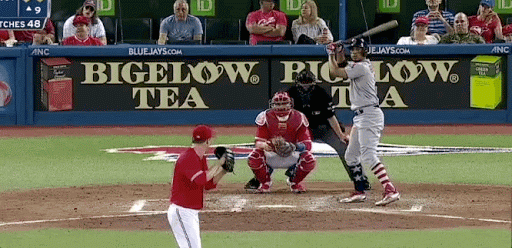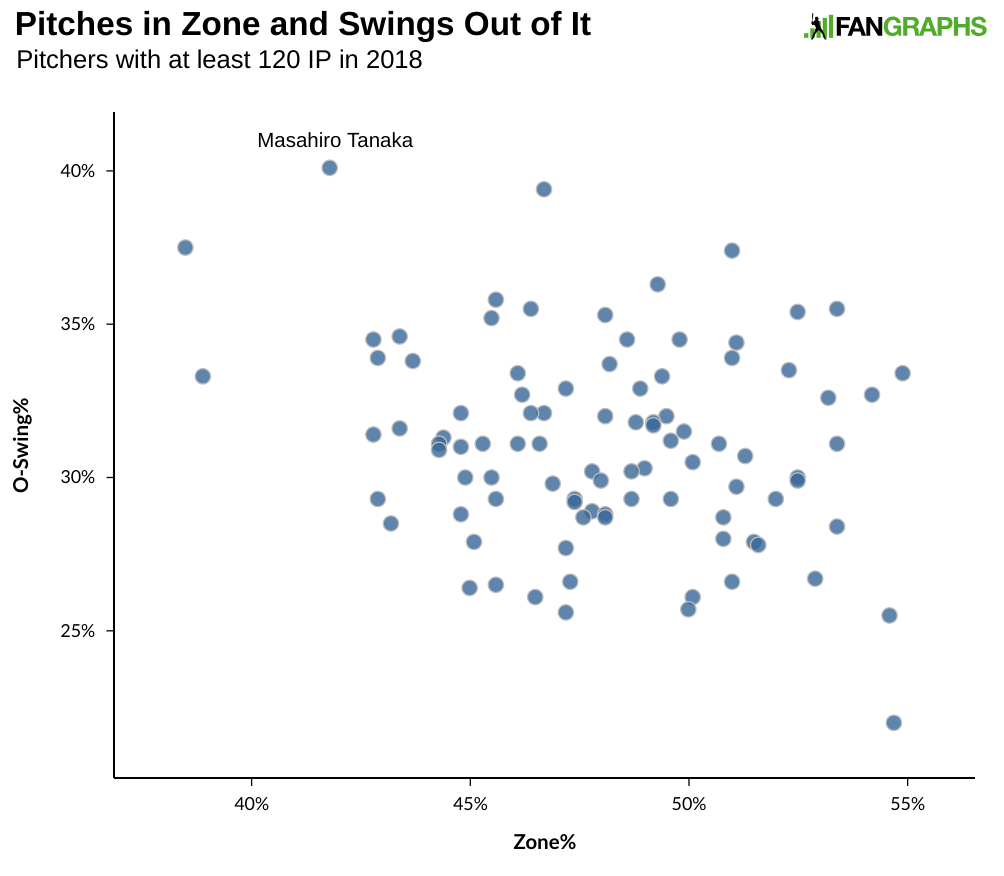This is Cat Garcia’s first post as part of her September residency. She is a freelance baseball writer whose work has appeared at The Athletic, MLB.com, the Chicago Sun-Times, La Vida Baseball, and Baseball Prospectus, among others. She is a Chicago native and previously worked at Wrigley Field before becoming a full-time freelancer. Follow her on Twitter at @TheBaseballGirl.
You have to feel for Xander Bogaerts. During a season in which he’s hitting .291/.362/.524 — good for a career-best 134 wRC+ and 4.8 WAR — he’s just the third-best position player on a Red Sox team stacked with young, homegrown talent. Throw in Chris Sale, arguably the American League’s best pitcher, and it is easy to understand how Bogaerts has managed to get a bit lost in the shuffle.
Before this season, Bogaerts put up a career line of .283/.339/.409, with a .326 wOBA, a 101 wRC+, and 16.8 total WAR. In 2018, Bogaerts has taken a step forward. I spoke to Red Sox hitting coach Tim Hyers about what he thinks has made the difference for Bogaerts this season.
“I think it’s just the consistency with his lower half,” Hyers said. “Last year, I think he felt he got a little too narrow, he was reaching for balls on the outer half and just didn’t have that stability. This year, he came in, he talked to me in the offseason and he said, ‘This is what I want to do, and I want to improve this because I hit too many ground balls last year. [I want to] have better posture,’ and from spring training on, he’s done that.”
Hyers is right. Take a look at Bogaerts’ batting stance from 2017.

Here is his stance in July of 2018.

Bogaerts is more closed off in the latter of those, which allows him to get into his legs more and maintain athleticism in his swing. According to Hyers, the adjustment has helped Bogaerts lay off pitches outside the zone and allowed him to be more selective.
Notice where Bogaerts’ legs are in this at-bat from 2017:

Now, look at his stance from this at-bat in 2018. His legs are much closer together and kept underneath him, as Hyers pointed out:

“I agreed that he needed to stay more upright,” Hyers said of what he felt Bogaerts needed to work on in the offseason. “I think when his legs got underneath him he stayed more upright, he had good posture so he could utilize the frame that he has… I think when you have that stability, it helps you see the ball better, and it’s kind of those simple-but-consistent cues he has that have helped him.”
And that wasn’t his only adjustment. “Last year, he got in the habit of chasing sliders away,” Hyers said. One scout who has seen Bogaerts mentioned that staying in an athletic position allows hitters to maintain balance, which is key versus offspeed pitches. That’s something Hyers said the two worked diligently on over the offseason. And the changes appear to have paid dividends: after years of posting swinging-strike rates of roughly 15% against the slider, Bogaerts has recorded a career-low mark of 12.1% in 2018.
“I think my motivation is the team that we have and trying to be as good as all the other guys on the team,” Bogaerts told NBC Sports in August. “You don’t want to stay back. I mean, we’ve got a couple guys, MVP [possibilities] on our team hopefully. That’s in the conversation, and I mean, you don’t want to be too far behind them.”
By WAR, Bogaerts is currently the third-best American League shortstop, behind only Francisco Lindor and Andrelton Simmons. Bogaerts is still only 25 years old and has the rest of a young career to continue his improvements. For now, though, he’s demonstrating progress, and the adjustments he made in the offseason appear to be working. If the trend continues, Bogaerts just might force us to pay him the attention we’ve so happily bestowed on his better-known teammates.







